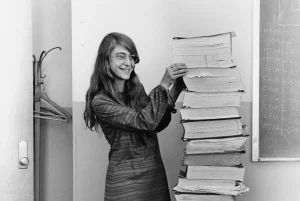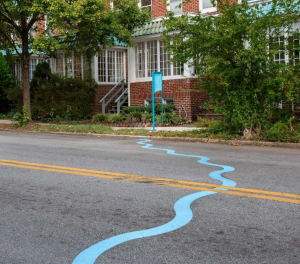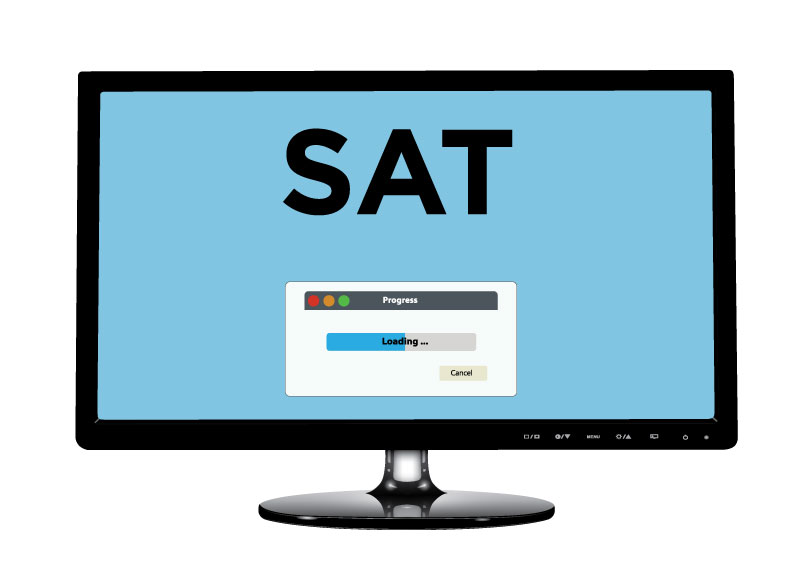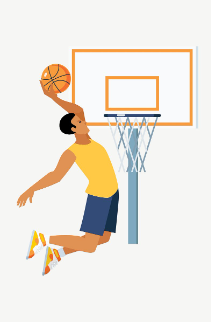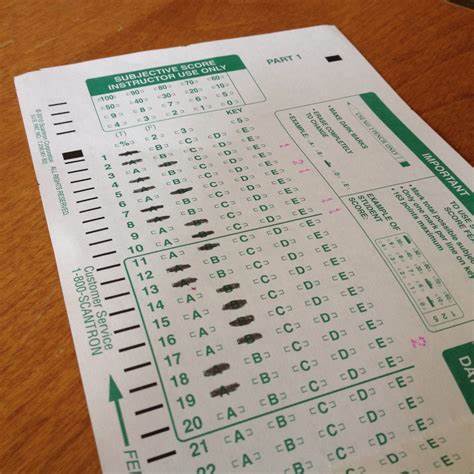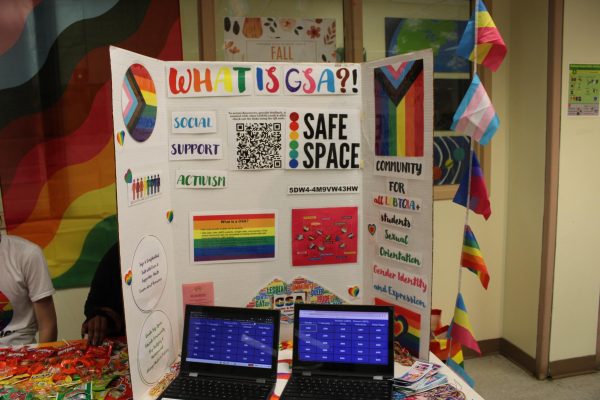SAT Going Digital
Since 1962, the SAT has been administered to students across the nation. The SAT originally stood for “Scholastic Aptitude Test,” but as time has passed, the acronym was dropped. There is another test that serves as a practice test called the PSAT, standing for “Preliminary SAT,” but has no singular meaning because there are 3 PSAT assessments. Those 3 include the PSAT 8/9, PSAT 10, and PSAT/NMSQT (Preliminary SAT/National Merit Scholarship Qualifying Test). This test can be taken any time after freshman year, but is often taken junior year in the spring and can be retaken as many times as the student wants. The SAT involves an answer sheet and question packet where you fill in the bubbles on the answer sheet with occasional write-in answers on the math portions. There are 3 portions on the PSAT: Reading, Writing and Language, and Math. However, there is change on the horizon.
College Board announced that the SAT and PSAT are going virtual! Beginning in 2023, the SAT will be delivered virtually on an international scale. In the United States, the PSAT/NMSQT and PSAT 8/9 will be delivered virtually in 2023 with the PSAT 10 following in 2024. The structure of the test is also changing from 3 hours to 2 hours, more time between sections and questions, shorter reading passages, wider range in topics for the reading comprehension section, and allowing the use of calculators over all math sections. The SAT going digital also allows for the test to be scored in a matter of days instead of weeks.
With the adjusted digital test, students will be allowed to use a personal laptop or tablet, or a school issued device. If students cannot provide their own device, College Board will provide one on testing day. The test has also been designed to prevent lost work if the Wi-Fi were to crash or the device loses power.
These modifications to the test also have increased testing security. With the current test, one student breaching rules can invalidate the test for all the other students testing. Going digital is going to allow each student to get a unique test, preventing students from sharing answers.
In November of 2021, some students participated in a pilot online test, reporting that the test overall was less stressful and easier to take than the current paper and pencil test. One student, Natalia Cossio (grade 11, Fairfax County, VA) said “The shorter passages helped me concentrate more on what the question wanted me to do. Plus, you don’t have to remember to bring a calculator or a pencil.” The modified test will also be easier for the test proctors, who will not have to deal with the packing, sorting, and shipping of testing materials.
?????????
